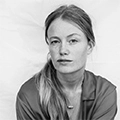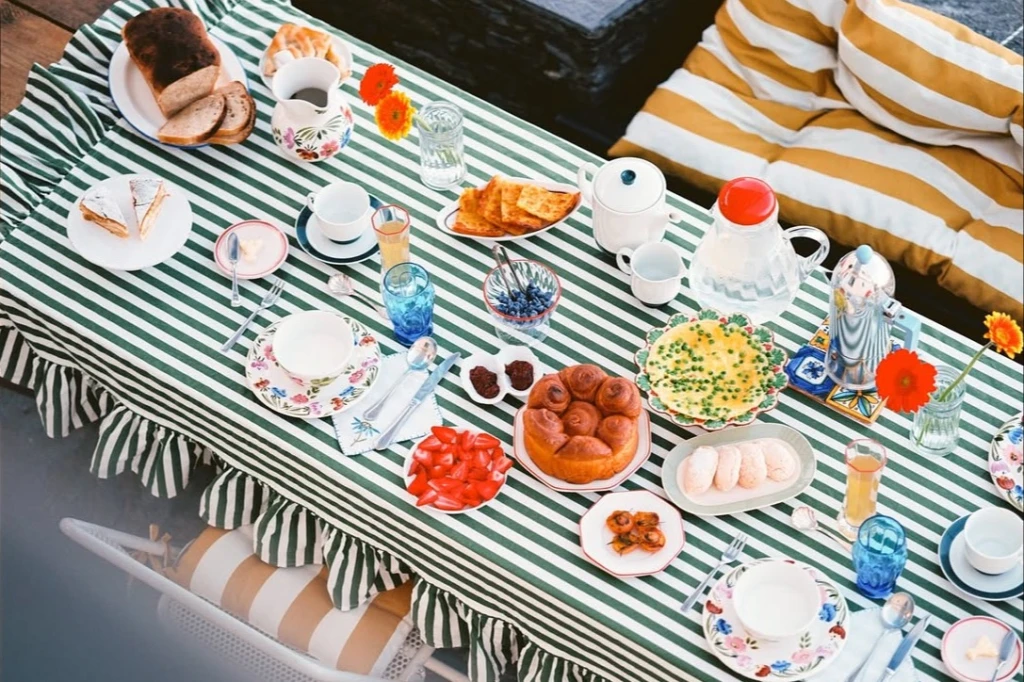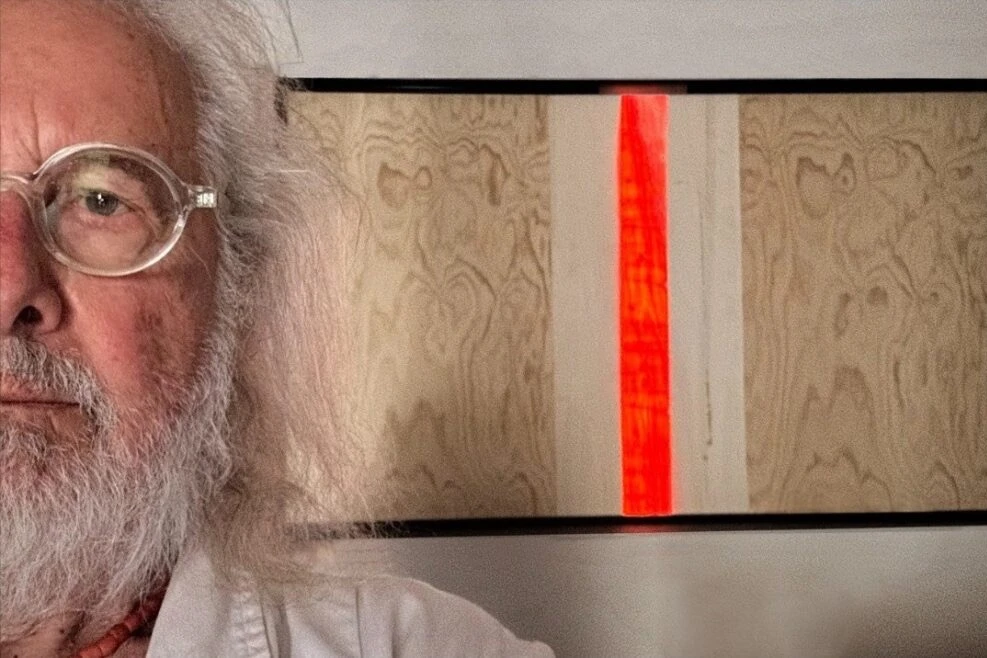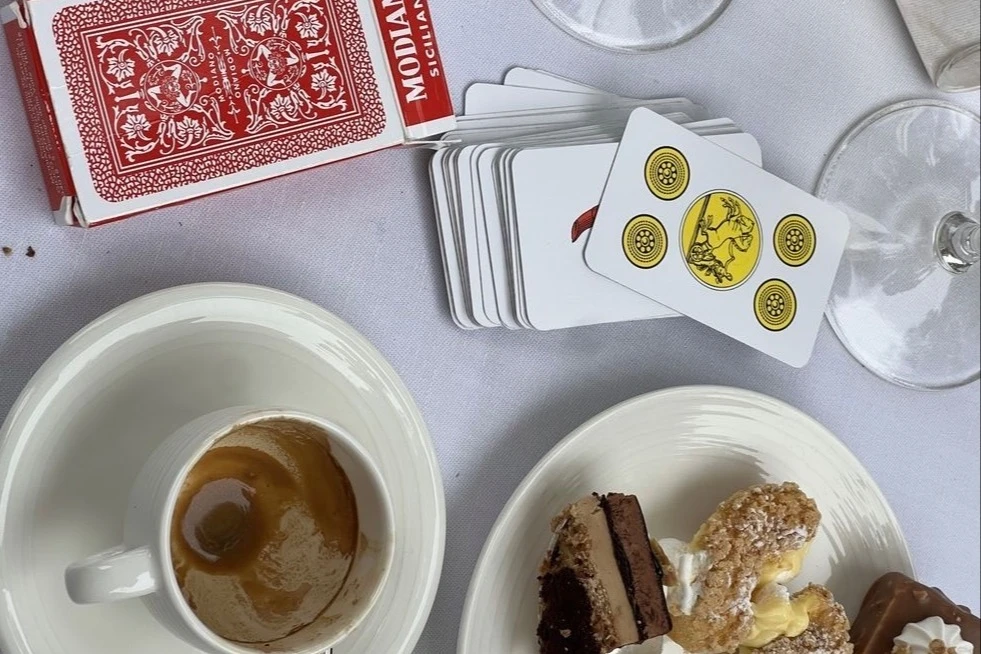Into the wild
https://www.welcomebeyond.com/property/rifugio/
https://www.rifugiovalditogno.com/the-valley
Rifugio Val di Togno was built in the early 1900s, between two streams where three ancient tracks converge.
It was a strategic base for the Italian customs trying to stop smugglers carrying contraband from and to Switzerland. Abandoned in the sixties, it was turned into a Rifugio in the eighties.
After having been abandoned for another ten years, Rifugio Val di Togno has now become a modern hideaway, an architectural gem where one can get away from the outside world.
\
An introduction to Rifugio
What is the story behind Rifugio, what was your inspiration to create it?
A few years ago, my boyfriend and I did a road trip from Belgium to China, taking seven months to travel 30,000 kilometres and visiting 27 countries. On the way back, we were terrified to return to our 9 to 5 jobs.
Fortunately, my parents had been looking for a winter hut to rent as my father is a writer. They stumbled upon the Rifugio and thought we might be able to make something of it. When we were in Bulgaria, they called us and explained the project and asked if we wanted to move to the Italian Alps to run it. We jumped at the opportunity to have a new adventure.
We’d always lived in the city and were really surprised to discover a place like this still existed in Europe. You don’t see other signs of human life, there is no light except for the stars and there are no electricity poles.
The Rifugio was built in the early 1900s, between two streams where three ancient tracks converge. It was a strategic base for the Italian customs trying to stop smugglers carrying contraband from and to Switzerland. Abandoned in the sixties, it was turned into a rifugio in the eighties.
First, we emptied the Rifugio, which had been closed for 10 years, and got rid of the old beds, mattresses and documents that had been left. It took us three years to complete the restorations, partly because it is so hard to reach and a lot of things had to happen by helicopter. The roads are closed over the winter months and it’s hard to get workers, plus we had some issues with the Italian bureaucracy.
For the exterior restorations, we worked with an Italian architect. My mum did the interior design — she has previously worked on a couple of houses in Puglia that appeared in Vogue. The renovations were really hard, but on the other hand, the experience was so good. The locals became our friends, we learned which mushrooms you can forage and eat, and we know every story about every ruin in the valley.
It’s such a beautiful place and we’re very lucky that we had time to discover it. Now, we’re also really prepared for any questions that guests have and can reply to them with confidence. Living off-grid is not easy but neither is life in the city. Sometimes it has been just the two of us, so it’s nice to receive guests and have conversations. We’re also lucky to have a lot of animals.
How would you describe the atmosphere and interior design of Rifugio?
At first, we thought we would just break down a couple of walls and re-paint. But there was a lot of mold, so we had to really strip things back. We used a lot of wood for the exterior and the interior, and initially we thought it might be too much. But we’ve come to love it.
It’s nice and warm inside and in the lounge area is a large sofa where everyone can relax. A Belgian friend of ours made the kitchen island, which is so nice to cook on and invites everyone to enjoy an apperitivo together.
When we were doing the restorations, we found a bunch of postcards from the old building and asked several artists if they could transform them into works of art. So now we have 32 artworks inspired by the postcards throughout the Rifugio.
And you are almost completely off-grid?
Yes, the Rifugio is completely self-sufficient. And pretty dependent on water. The water you drink, shower with and even flush with, comes straight out of an ancient mountain source. The electricity is generated by a water turbine. Because of dryer summers and hotter winters, we do ask you to keep this in mind when taking a shower or using the dishwasher. We have free electricity but there's a limit to it.
To you personally, what is so special about Rifugio?
Everything! The view of the mountains — you can take a million photos every day and each will be different. It’s an amazing place for understanding nature — where the sun goes up and down, when the seasons are changing. We’ve become friends with 60-year-old hunters — I never thought that would happen — and we’re continually learning.



